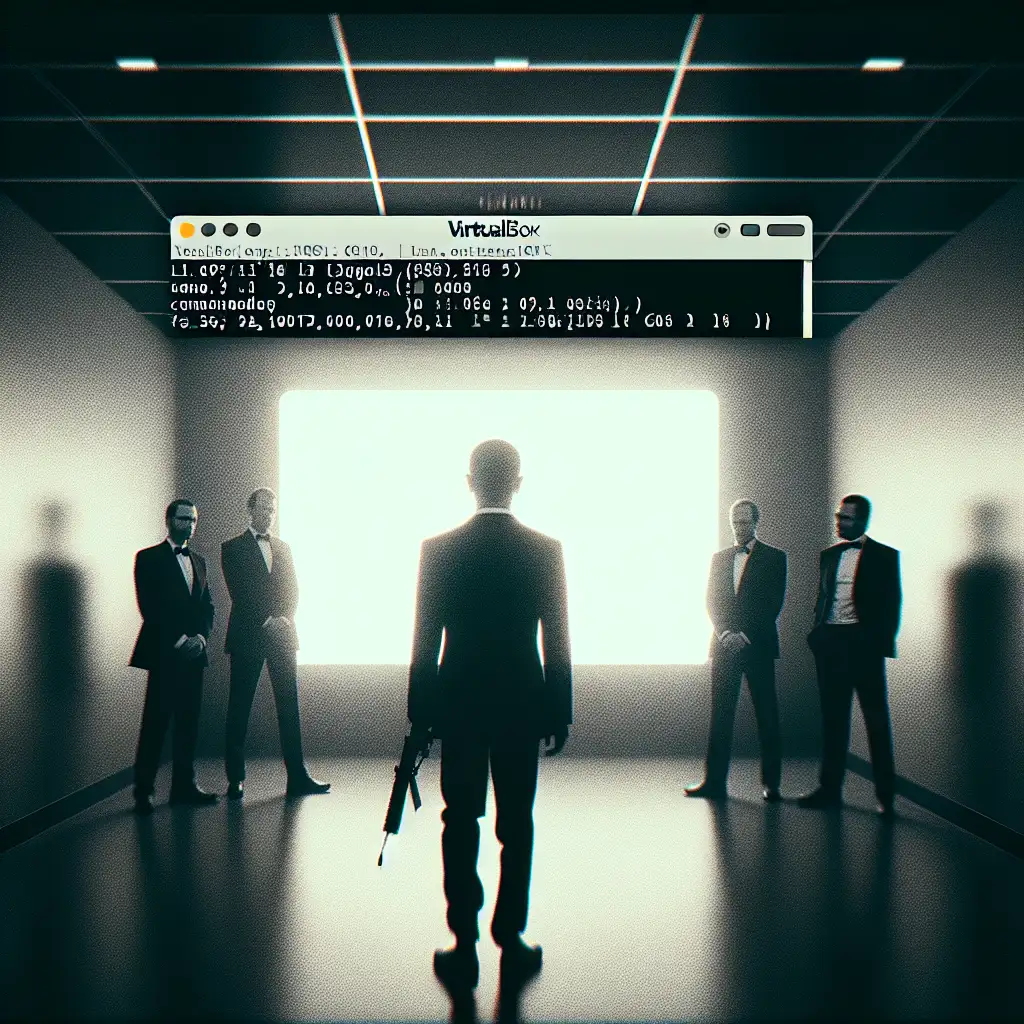Mastering Kali Linux Setup on VirtualBox: A Step-by-Step Guide to a Secure and Efficient Pentesting Lab
Forget cumbersome dual-boot setups or complex cloud deployments—discover how a clean, contained Kali Linux install on VirtualBox can streamline your pentesting workflow and empower you to dive straight into security challenges with confidence.
If you're venturing into the world of penetration testing or cybersecurity research, setting up Kali Linux as your go-to testing environment is an essential first step. However, installing Kali directly on your hardware often risks jeopardizing your main system’s stability or data. That's where Oracle's VirtualBox comes in—a free, flexible virtualization platform that allows you to run Kali Linux as a virtual machine (VM), keeping your host system safe and untouched.
In this guide, I’ll walk you through the process of installing Kali Linux on VirtualBox with practical tips to ensure your pentesting lab is secure, efficient, and ready for action.
Why Use Kali Linux on VirtualBox?
Before we dive in, here’s why setting up Kali in a VM should be your preferred approach:
- Isolation: Your testing environment stays separated from your main OS.
- Portability: Easily move or backup the entire VM.
- Safety: No risk of corrupting host files.
- Flexibility: Snapshot and revert instantly; experiment freely.
- Cost-effective: No need for extra hardware or paid cloud services.
What You’ll Need
- A computer running Windows, macOS, or Linux with at least 8GB of RAM (16GB recommended).
- Oracle VirtualBox installed. Get it here: https://www.virtualbox.org/
- Latest Kali Linux ISO image: Download from https://www.kali.org/get-kali/
Step 1: Install VirtualBox
VirtualBox is straightforward to install:
- Download the installer from the official site.
- Run the installer and follow prompts.
- Accept default settings unless you need specific customization.
- Once installed, open VirtualBox to confirm successful setup.
Step 2: Create a New Virtual Machine for Kali Linux
- Click the New button in VirtualBox.
- Name it
Kali-Linux(this auto-selects “Linux” as type). - Set Type to
Linux. - Set Version to
Debian (64-bit)or selectOther Linux (64-bit)if Debian is not listed. - Allocate RAM—at least 2048 MB (2GB), but ideally 4096MB+ for smoother performance.
- Create a new virtual hard disk:
- Choose VDI (VirtualBox Disk Image).
- Select Dynamic allocated storage to save physical disk space initially.
- Allocate at least 20GB (more if possible).
Step 3: Attach Kali Linux ISO to VM
- Select your new VM and click Settings → Storage.
- Under Controller: IDE, click the empty CD icon.
- Click the small CD icon on the right side → Choose a disk file.
- Select the downloaded Kali ISO file.
- Click OK.
Step 4: Configure Network Settings for Pentesting
Networking is crucial for effective pentesting:
-
Default NAT networking allows internet access but limits inbound connections.
-
For more realistic pentesting:
- Use Bridged Adapter—connects VM directly to your physical LAN; good for scanning local hosts.
- Alternatively, use Host-only Adapter if you want an isolated network between host and VM.
You can configure these under Settings → Network, enable Adapter 1, then pick Bridged Adapter from the dropdown menu.
Step 5: Boot Up & Install Kali Linux
- Start your virtual machine by clicking Start.
- When prompted with boot options, select Graphical Install or simply Install for CLI-based setup.
- Choose language, location, keyboard layout as per your preferences.
- Set hostname — e.g.,
kali-vm. - Configure users and passwords carefully — avoid using default credentials post-install!
- Partition disks — choose “Guided - use entire disk” inside VM’s virtual hard drive; no risk here!
- Follow along until installation completes — this often takes around 10–15 minutes depending on system speed.
Once done, remove the ISO image:
- Go back to Settings → Storage → Remove Kali ISO from virtual drive
- Reboot VM.
Step 6: Post-install Tweaks for Better Performance
Upgrade Your System
Open terminal inside Kali and run:
sudo apt update && sudo apt full-upgrade -y
This installs latest updates, patches vulnerabilities, and ensures tools run smoothly.
Install Guest Additions
VirtualBox Guest Additions improves VM performance — better mouse integration, shared clipboard, dynamic screen resizing.
To install:
- In VirtualBox menu bar (while Kali is running), go to Devices → Insert Guest Additions CD Image...
- Mount CD manually if needed:
sudo mount /dev/cdrom /mnt
cd /mnt
sudo ./VBoxLinuxAdditions.run
- Restart Kali after installation completes.
Step 7: Snapshots & Backups — Keep Your Lab Safe!
Snapshotting lets you save VM states before risky tests:
- With your VM selected but powered off → go to Snapshots TAB in VirtualBox manager.
- Click + icon (“Take Snapshot”) and name it like
Clean Install. - Experiment freely knowing you can revert back instantly!
For backup:
Simply copy your entire VM folder (VirtualBox VMs/Kali-Linux/) elsewhere or use the export function in File → Export Appliance.
Bonus Tip: Cloning Your Pentesting Lab
Once set up perfectly, clone this master image so you can create multiple labs with different configurations without starting from scratch each time.
Right-click your VM → Clone → Full clone → Name accordingly.
Wrapping Up
Setting up Kali Linux inside a VirtualBox environment is by far one of the easiest—and safest—ways to build a fully functional pentesting lab without risking damage to your main operating system or investing in dedicated hardware.
With isolation provided by virtualization combined with easy snapshots and network flexibility, you get an ideal playground that empowers rapid learning and secure cybersecurity research.
Ready? Download those ISO files today and start building your powerful pentesting lab!
If you run into any hiccups during setup or want tips on configuring tools inside Kali next—drop a comment below!
Stay secure & happy hacking!
Disclaimer: Always ensure you have proper authorization before performing any penetration testing activities.
